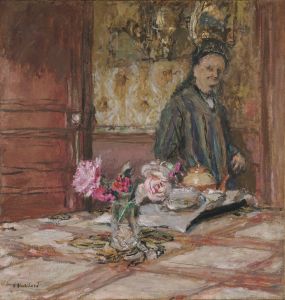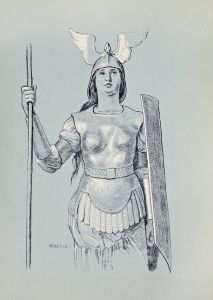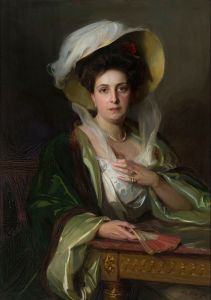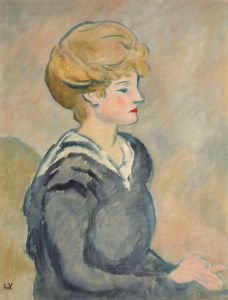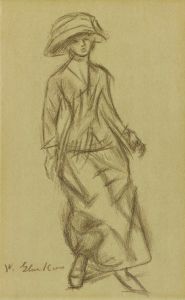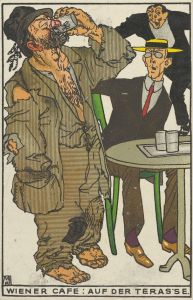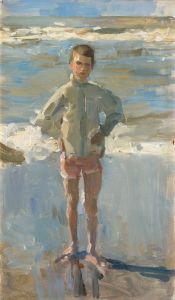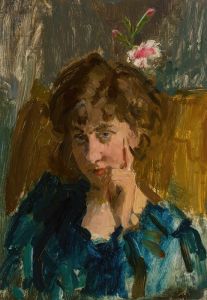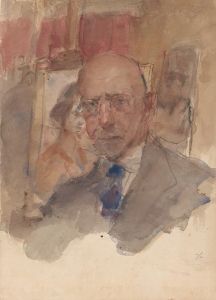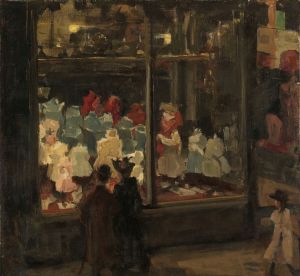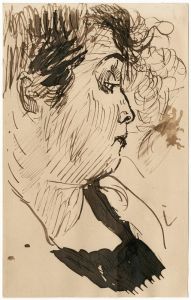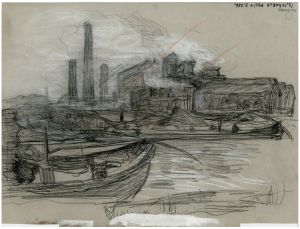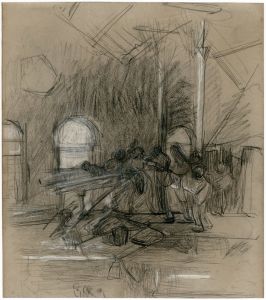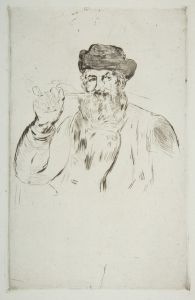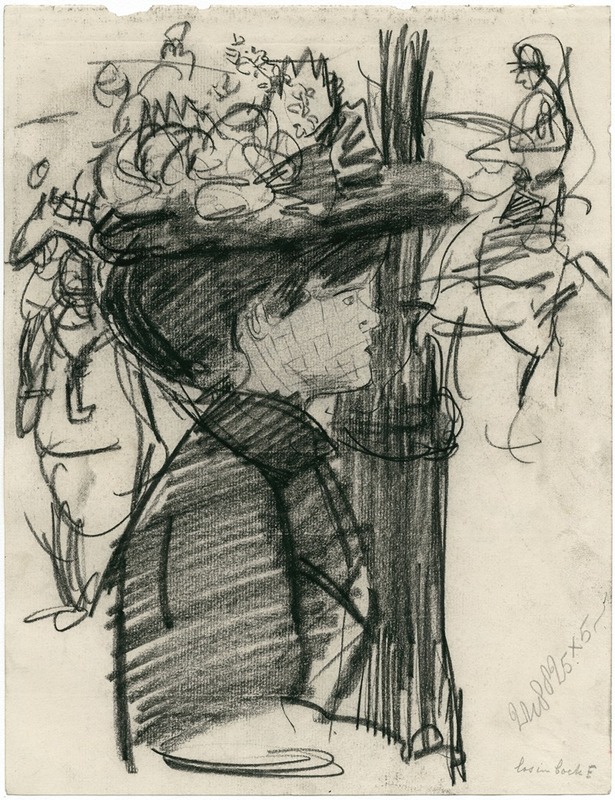
Dame met grote hoed op caféterras: halffiguur 2
A hand-painted replica of Isaac Israëls’s masterpiece Dame met grote hoed op caféterras: halffiguur 2, meticulously crafted by professional artists to capture the true essence of the original. Each piece is created with museum-quality canvas and rare mineral pigments, carefully painted by experienced artists with delicate brushstrokes and rich, layered colors to perfectly recreate the texture of the original artwork. Unlike machine-printed reproductions, this hand-painted version brings the painting to life, infused with the artist’s emotions and skill in every stroke. Whether for personal collection or home decoration, it instantly elevates the artistic atmosphere of any space.
Isaac Israëls, a prominent Dutch painter, is celebrated for his contributions to the Impressionist movement, and his work "Dame met grote hoed op caféterras: halffiguur 2" is a testament to his skill in capturing the essence of everyday life. Born in Amsterdam in 1865, Israëls was the son of the famous painter Jozef Israëls, and he grew up in an environment that nurtured his artistic talents. He became associated with the Amsterdam Impressionism movement, which was characterized by its focus on light, color, and the depiction of modern life.
"Dame met grote hoed op caféterras: halffiguur 2" translates to "Lady with a Large Hat on a Café Terrace: Half Figure 2." This painting exemplifies Israëls' ability to portray the vibrancy and dynamism of urban life. The subject of the painting is a woman seated at a café terrace, a common theme in Israëls' work, reflecting his fascination with the social life of the city. The woman is depicted wearing a large, fashionable hat, which was a popular accessory in the late 19th and early 20th centuries. This detail not only adds to the elegance of the scene but also serves as a focal point in the composition.
Israëls' technique is characterized by loose brushwork and a keen attention to the effects of light and shadow. In "Dame met grote hoed op caféterras: halffiguur 2," he employs a palette that captures the subtle interplay of colors in the outdoor setting. The use of light in the painting highlights the textures and folds of the woman's clothing, as well as the reflective surfaces of the café terrace. This approach is typical of Impressionist painters, who sought to convey the fleeting moments of life through their art.
The setting of the painting, a café terrace, is significant as it represents the burgeoning café culture of the time, particularly in cities like Paris and Amsterdam. Cafés were social hubs where people from various walks of life would gather, and they became a popular subject for many artists of the period. Israëls' depiction of this scene offers a glimpse into the leisurely aspects of urban life, capturing a moment of relaxation and observation.
Isaac Israëls spent a significant part of his career in Paris, where he was influenced by the works of French Impressionists such as Edgar Degas and Édouard Manet. This influence is evident in his choice of subject matter and his stylistic approach. However, Israëls maintained a distinct style that was uniquely his own, characterized by a more subdued color palette and a focus on the human figure within the urban environment.
"Dame met grote hoed op caféterras: halffiguur 2" is a fine example of Israëls' work during a period when he was honing his craft and establishing his reputation as a leading figure in Dutch Impressionism. His ability to capture the essence of modern life with sensitivity and precision has earned him a lasting place in the history of art. Today, his works are held in high esteem and can be found in major museums and private collections around the world, continuing to inspire and captivate audiences with their timeless appeal.





